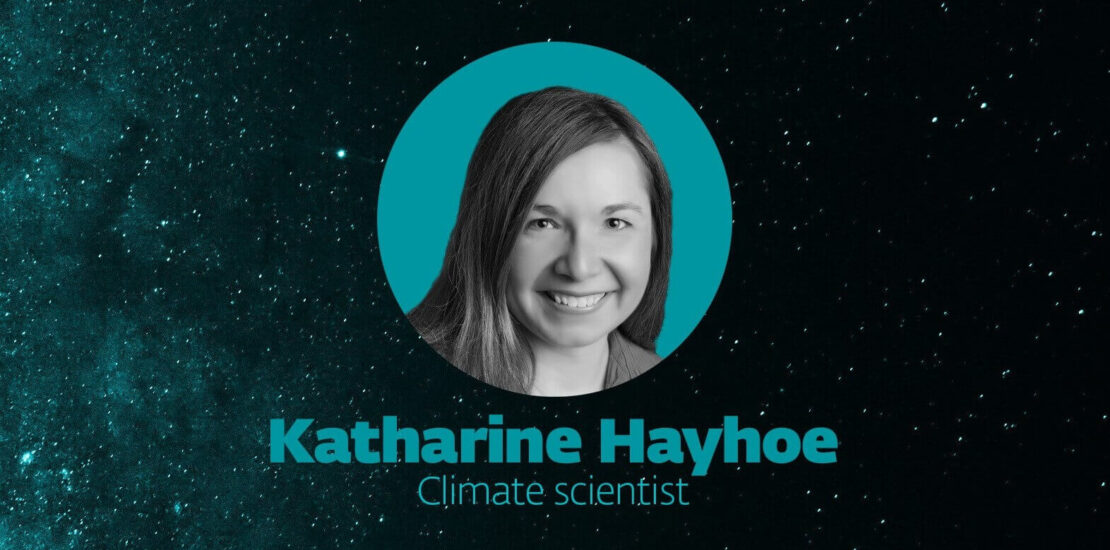An interview with Katharine Hayhoe
- November 5, 2024
- Posted by: claudia
- Categories:

In an in-depth interview, climate scientist Katharine Hayhoe discusses her approach to climate communication, social media’s role in public engagement, and the interplay between science and faith. Addressing the upcoming Starmus Earth festival, Dr. Hayhoe emphasizes that improving public understanding of climate change transcends merely presenting scientific facts. Instead, she focuses on making the impacts of climate change personally relevant, fostering a sense of urgency, and nurturing hope as crucial elements in motivating societal action.
Hayhoe highlights how modern social media platforms enable scientists to reach audiences directly, bridging gaps between communities and scientific experts. She encourages scientists to engage with audiences to enhance public trust in science while recognizing the challenge posed by widespread misinformation. Although misleading narratives proliferate quickly on social media, she advises fellow scientists to avoid engaging with unproductive critics and focus on those interested in understanding climate issues.
With a notable career that includes roles such as Chief Scientist for The Nature Conservancy and various academic accolades, Hayhoe brilliantly conveys complex climate-related information through accessible outreach initiatives like her newsletter and educational videos. She asserts that communication should resonate with personal experiences and emotional connections, thereby transforming worried citizens into empowered advocates for climate action.
When discussing how to address climate change skeptics, Hayhoe acknowledges that many individuals base their beliefs on underlying ideological convictions rather than a lack of understanding. She emphasizes that effective engagement requires identifying and addressing these beliefs constructively rather than bombarding individuals with data. Most people may be concerned yet inactive due to feelings of helplessness; hence, it is vital to share actionable solutions that create a sense of efficacy.
On the relationship between science and faith, Hayhoe stresses that many scientists hold spiritual beliefs, arguing that science seeks to understand the world as God’s creation. She contends the misconception of a conflict between faith and science often stems from political motivations rather than intrinsic inconsistencies. Highlighting the moral imperative of caring for vulnerable populations disproportionately affected by climate change, she calls on both religious institutions and individuals to advocate for climate solutions.
Addressing technological approaches to climate change, Hayhoe recognizes that no single solution is sufficient. She likens the climate crisis to a swimming pool overflowing with excess heat-trapping gases, advocating for a combination of methods to mitigate emissions and enhance carbon removal from the atmosphere. Emphasizing the importance of integrating social justice and equity into climate solutions, Hayhoe underscores the necessity of prioritizing actions that benefit both the environment and marginalized communities.
As the conversation wraps up, Hayhoe stresses the urgency for collective action in the face of escalating climate risks. She encourages individuals, communities, and policymakers to fulfill their roles in fostering sustainability and resilience. Calling for a united effort against fear and inertia, she concludes with a poignant reminder of our capacity for change, urging readers to contemplate the difference they wish to make in tackling the climate crisis.
